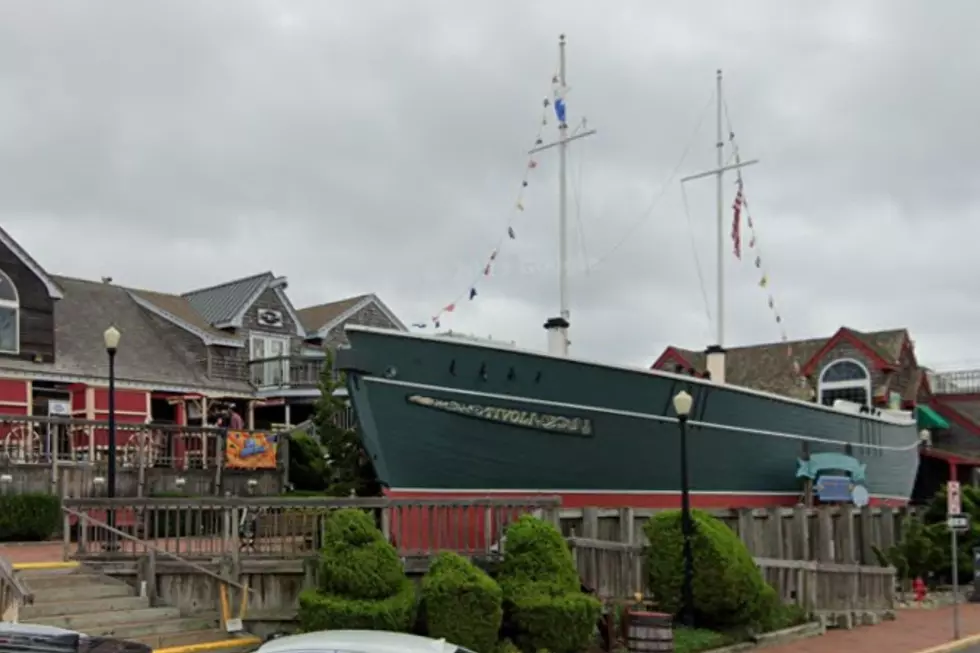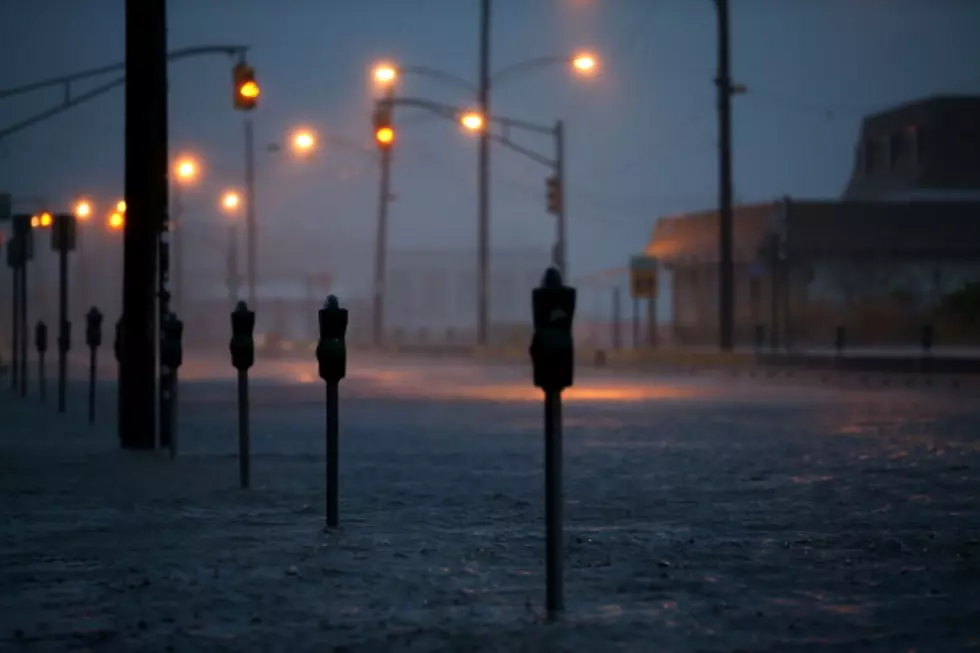
Sandy Damaged Waterways Causing Problems for South Jersey Boaters
While the devastation caused by Superstorm Sandy is still visible up and down the New Jersey coastline, we're now learning more about the damage caused in places we can't see.
Namely, under water. The biggest issue facing boat safety officials is perhaps the most obvious, you simply can't see what's going on under there.
Take a look at this picture below, taken just days after floodwater receded in Margate.
In the days following the storm, tons of sand lined coastal streets in shore towns from Ocean County to Cape May County, like here in Margate. But streets weren't the only places where massive amounts of sand were shifted, pushed inland and dumped.
Not only did Sandy shift sand under water in many inlets, causing drastic changes in depths, but the storm also washed sand into the Intracoastal Waterway. According to The Press of Atlantic City, the shifting sand is already causing some serious problems.
The Press points out that the dangers weren't that big of a concern in the winter because far less boats were on the water. However, that will soon change as more boats and less experienced captains flock to the shore this summer.
Officials up and down the coast are concerned that most boaters will think the waterways are the same as they were last year. However, they're simply not.
Take a look at this amazing graphic created by The Press of Atlantic City's Krishna Mathias:
Krishna Mathias.
Krishna Mathias.
You can see the waterways have been dramatically changed, and those changes could come with potentially deadly consequences.
Some have already blamed shifted sand in the Great Egg Harbor Inlet on the tragic death of Sea Tow Captain David McAuliffe. Friends and family have established a memorial fund in David McAuliffe's honor. For more information on the fund, visit www.captdcmmemorial.com.
More From Lite 96.9 WFPG










